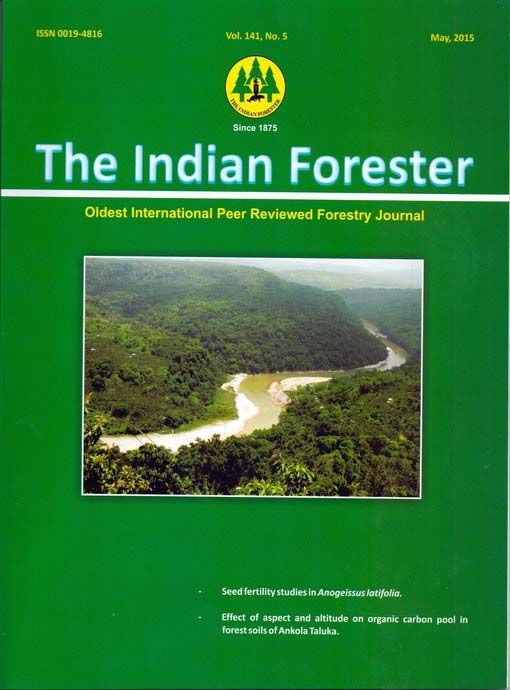Analysis of Export Scenario and Potential of Indian Lac
DOI:
https://doi.org/10.36808/if/2015/v141i5/70245Keywords:
Indian Lac, Export Scenario.Abstract
Lac is a natural resin which finds wide utility in commerce and industry. India being the largest producer of lac in the world has a great export potential. The present study was carried out with a view to analyze the export scenario and potential of lac in India. The data were collected and analyzed for a period of 40 years (1971-72 to 2010-11). The compound annual growth rate in export of lac was worked out by fitting the exponential function. Analysis of data show that the quantity of lac exported from India has shown a declining trend (0.48 % per annum) over a period of 40 years, possibly due to decrease in domestic production and high prices of lac. Export earnings have exhibited significant positive growth rates of 9.00 % per annum for the same period. The lac from India is exported in various forms viz. shellac, seedlac, dewaxed shellac, bleached lac, aleuritic acid, gasket shellac, shellac wax, etc. The data of last five years have indicated that the largest quantity is exported in the form of shellac (74.26 per cent) followed by seedlac (15.99 per cent), bleached lac (4.04 per cent), dewaxed shellac (3.77 per cent) and aleuritic acid (1.43 per cent). The share of gasket shellac and shellac wax is very small. The major export destination (in terms of value) of Indian lac were Indonesia (13.77 % of total export value), Pakistan (11.50 %), U.S.A. (10.94 %), Egypt ARP (9.19), Bangladesh (8.18 %), Germany (7.59 %), Spain (5.12 %), U.A.E. (3.86 %), Italy (2.52 %) and U.K (1.48 %). Proper attention and action for intensification of efforts for increasing lac production, exploitation of untapped potential area, quality consciousness, more R&D support for product development and removal of other export related constraints will definitely improve the export scenario and export earnings of the country.References
Anonymous. (2012). http://indiabudget.nic.in/, assessed on 30.12.2012.
Pal G., Jaiswal A. K. and Bhattacharya A. (2012). Lac, Plant Resins and Gums Statistics At a Glance 2012. Indian Institute of Natural Resins and Gums, Ranchi (communicated).
Rao A.R. (1992). A study on the relationship between prices of lac and quantity exported, Indian Forester, 118(2):122-124.
Roonwal M.L., Raizada M.B., Chatterjee R.N. and Singh B. (1958). Descriptive account of the host- plant of the lac insect, Kerria lacca (Kerr) and the allied plants in the Indian region (Parts 1). Indian Lac Cess Committee, Ranchi 32pp.
Roonwal M.L. and Singh B. (1958). Supplementary list of lac host. In: Descriptive account of the host- plants of the lac insect, Kerria lacca (Kerr) and the allied plants in the Indian region (Part 2). Indian Lac Cess Committee, Ranchi, pp. 133-140.
Sharma K. Krishan, Ramani R. and Mishra Y.D. (1997). An additional list of the host- plants of lac insects, Kerria spp. (Tachardiidae: Homoptera), Journal of Non -Timber Forest Products, 4(3/4):151-155.
Varshney R.K. and Teotia T.P.S. (1967). A supplementary list of the host plants of lac insects, J. Bombay Nat. Hist. Soc., 64(3):488- 511.
Downloads
Downloads
Published
How to Cite
Issue
Section
License
Unless otherwise stated, copyright or similar rights in all materials presented on the site, including graphical images, are owned by Indian Forester.





